Acquiring big-time talent does not mean that you have to assume big-time risk. Despite the controversy surrounding Colin Kaepernick, Antonio Brown and Myles Garrett — albeit for different reasons — the market is now heating up for their services. So, instead of being led by our emotions, let’s allow the data to inform us about the future viability of each player. Here, we will look at some of PFF’s most stable metrics to determine whether each player is worthy of a second chance.
Subscribe to PFF ELITE today to gain access to PFF’s Premium Stats and new Player Grades experience in addition to the 2020 NFL Draft Guide, 2020 Fantasy Rookie Scouting Report, PFF Greenline, all of PFF’s premium article content and more.
QB Colin Kaepernick
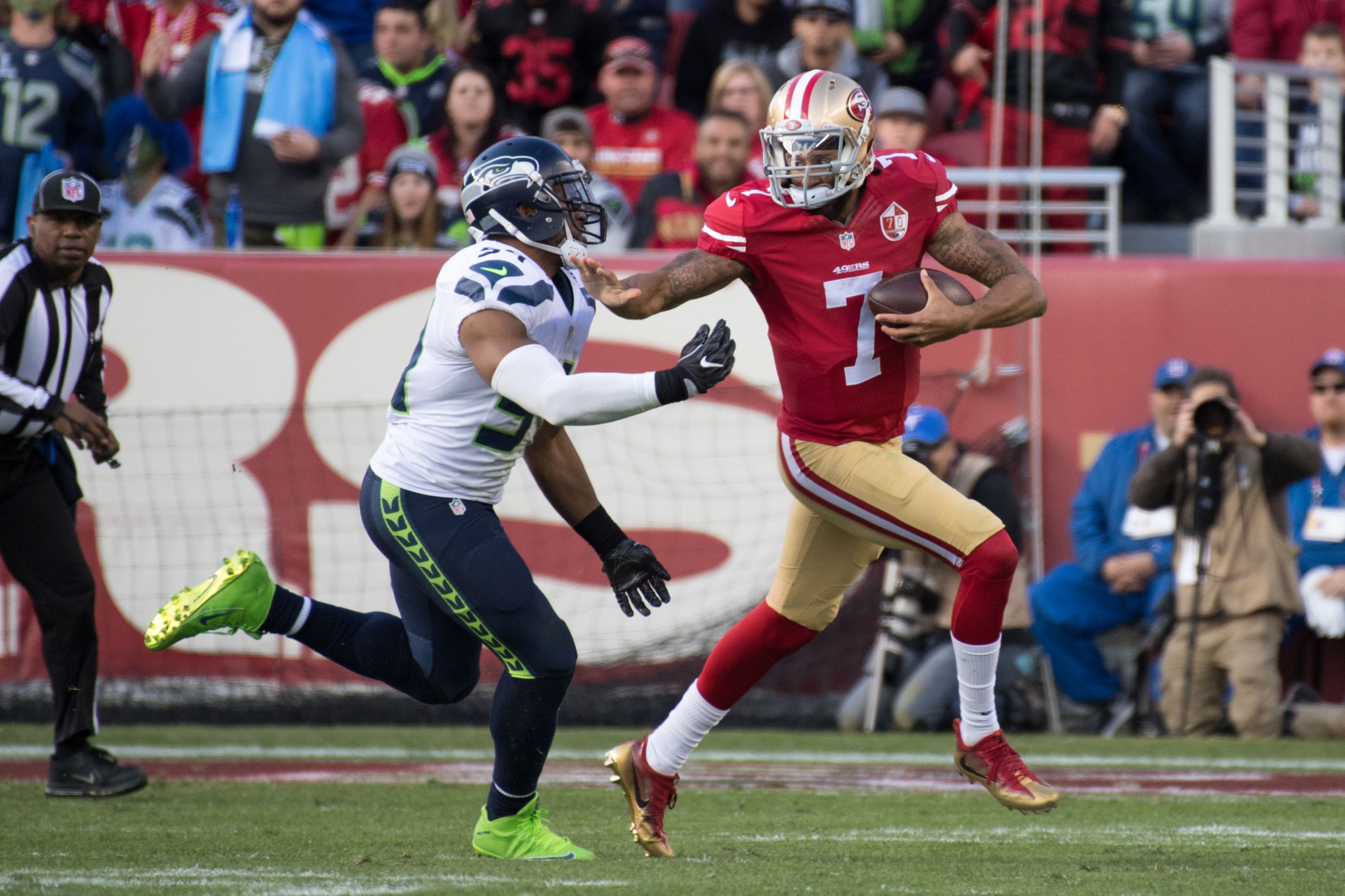
During his six NFL seasons from 2011 to 2016, Kaepernick played in 69 of a possible 96 regular-season games, recording 3,770 offensive snaps over that period. He attempted 1,692 regular-season passes, completing 1,011 of them, and he racked up 12,271 yards, 72 touchdowns and 30 interceptions in the process.
In an attempt to measure Kaepernick’s past production, we will explore how he performed in a clean pocket, on standard dropbacks, on first and second downs, on plays with no play action attached and on passes that were thrown to or beyond the first-down marker. We will also touch on his unique talent as a runner.
Kaepernick’s career passing grades fell below the 50th percentile in all five of these critical areas, and the same can be said for his percentage of negatively graded plays.
Colin Kaepernick: Statistics and rank in several stable metrics (2011-16, regular season only, among QBs with 700 or more attempts)
| From a clean pocket | Standard dropbacks | first and second downs | No play action | Throws beyond the sticks | |
| Pass attempts | 1,205 | 1,360 | 1,182 | 1,245 | 740 |
| PFF Passing grade | 82.1 (26/39) |
64.7 (32/41) |
65.3 (30/38) |
59.1 (35/40) |
79.3 (22/24) |
| Big-time throw percentage | 5.4% (11/39) |
5.0% (11/41) |
4.2% (25/38) |
4.9% (16/40) |
11.8% (16/24) |
| Turnover-worthy play percentage | 3.4% (26/39) |
4.4% (27/41) |
3.8% (21/38) |
4.7% (26/40) |
5.5% (12/24) |
| Negatively graded play percentage | 14.1% (25/39) |
16.5% (32/41) |
15.6% (26/38) |
15.5% (22/40) |
26.7% (21/24) |
| Yards per pass attempt | 7.86 (16/39) |
7.49 (17/41) |
7.02 (27/38) |
7.00 (18/40) |
9.05 (19/24) |
| Passer rating | 98.7 (15/39) |
89.9 (18/41) |
88.0 (22/38) |
85.9 (18/40) |
91.5 (18/24) |
Throughout his NFL career, Kaepernick’s coaches worked to help him improve his play from a clean pocket, where he was expected to develop his overall timing and accuracy. However, this never quite manifested itself — he earned a single-season clean-pocket passing grade above 80.0 just once in his six-year career (87.9, 2012), with his lowest two grades coming in his last two years (63.5 in 2015 and 69.8 in 2016).
Even on standard dropback passes — dropbacks without a designed rollout — Kaepernick’s accuracy was challenged, and his high volume of negatively graded plays placed him in the bottom third of quarterbacks.
After sitting out each of the last three NFL seasons, it’s difficult to envision how the former Niners signal-caller could have improved in these critical areas of operation. Most likely, his inactivity would further hinder his ability to avoid those inaccurate and negatively graded throws.
To his credit, Kaepernick led the San Francisco 49ers to two NFC championship games and an appearance in Super Bowl 47, where they ultimately came up short against the Baltimore Ravens 31-34.
It was during this run in the 2012 playoffs where he set an NFL record for the most rushing yards by a quarterback during a single postseason. He carried the ball 25 times in total — 14 of them designed, 11 coming from scrambles from the pocket — and he recorded 261 total yards, three touchdowns and 12 total first-down conversions. He averaged 10.4 yards per carry and earned a rushing grade of 83.5, marks that rank first and second, respectively, among quarterbacks in the PFF era (2006 – present) who have logged at least 10 carries in a single postseason.
Colin Kaepernick: Performance from the pocket in his first 11 games vs. performance in his last 11 games
| Stat | First 11 games of 2012 | Last 11 games of 2016 |
| PFF passing grade | 87.6 | 52.9 |
| Passer rating | 103.0 | 92.6 |
| Average depth of target | 10.7 | 8.2 |
| Big-time throw percentage | 11.0% | 1.7% |
| Turnover-worthy play percentage | 3.1% | 4.5% |
| EPA per play | 0.264 | 0.027 |
| % of plays that generated positive EPA | 52.1% | 45.3% |
As impressive as his early career performances were, Kaepernick quickly fell to earth shortly after that. During his first 11 games as a starter — from Week 10 of the 2012 regular season through to the Super Bowl — Kaepernick’s passing from the pocket was the best of his career. But by his final 11-game stretch, his performance from the pocket had declined drastically.
Injuries and declining performance in the passing game helped to dull the shine off Kaepernick’s once-bright career even before he left the 49ers after the conclusion of the 2016 regular season. And though he once set a single-game rushing record for a quarterback with 181 yards in a playoff win over the Green Bay Packers, Kaepernick’s production on designed runs would not compare favorably to what we currently see today from league MVP Lamar Jackson.
Colin Kaepernick vs. Lamar Jackson: Performance on designed rushing attempts
| Stat | Colin Kaepernick | Lamar Jackson |
| Designed rush attempts | 193 | 265 |
| PFF rushing grade | 26.2 | 68.3 |
| Yards per attempt | 3.5 | 5.0 |
| Missed tackles forced | 11 | 43 |
| Missed tackles forced per attempt | 0.06 | 0.16 |
| Yards after contact per attempt | 0.9 | 2.3 |
| First down/touchdown % | 25.9% | 33.2% |
| EPA per play | -0.391 | 0.026 |
These kinds of fluctuations have plagued several good quarterbacks during the early phase of their careers. Still, there are two critical areas of concern that teams should weigh heavily before moving forward with Kaepernick.
Firstly, the data reveals a high level of inaccurate and negatively graded throws when conditions were ideal for achieving success in the passing game. Secondly, Kaepernick’s most consistent period of play came early in his career, during his 11-game run in the 2012 season.
Before defenses could lock in on his tendency to improvise and scramble when under duress, Kaepernick leveraged his speed to escape pressure and extend passing plays beyond the point where coverages could maintain their stability. Ultimately, his failure to improve his passing game from the pocket is what mostly contributed to his decline in production. And now, the rust that comes with both time and inactivity may rob Kaepernick of his best opportunity to enjoy a successful return to football.
WR Antonio Brown
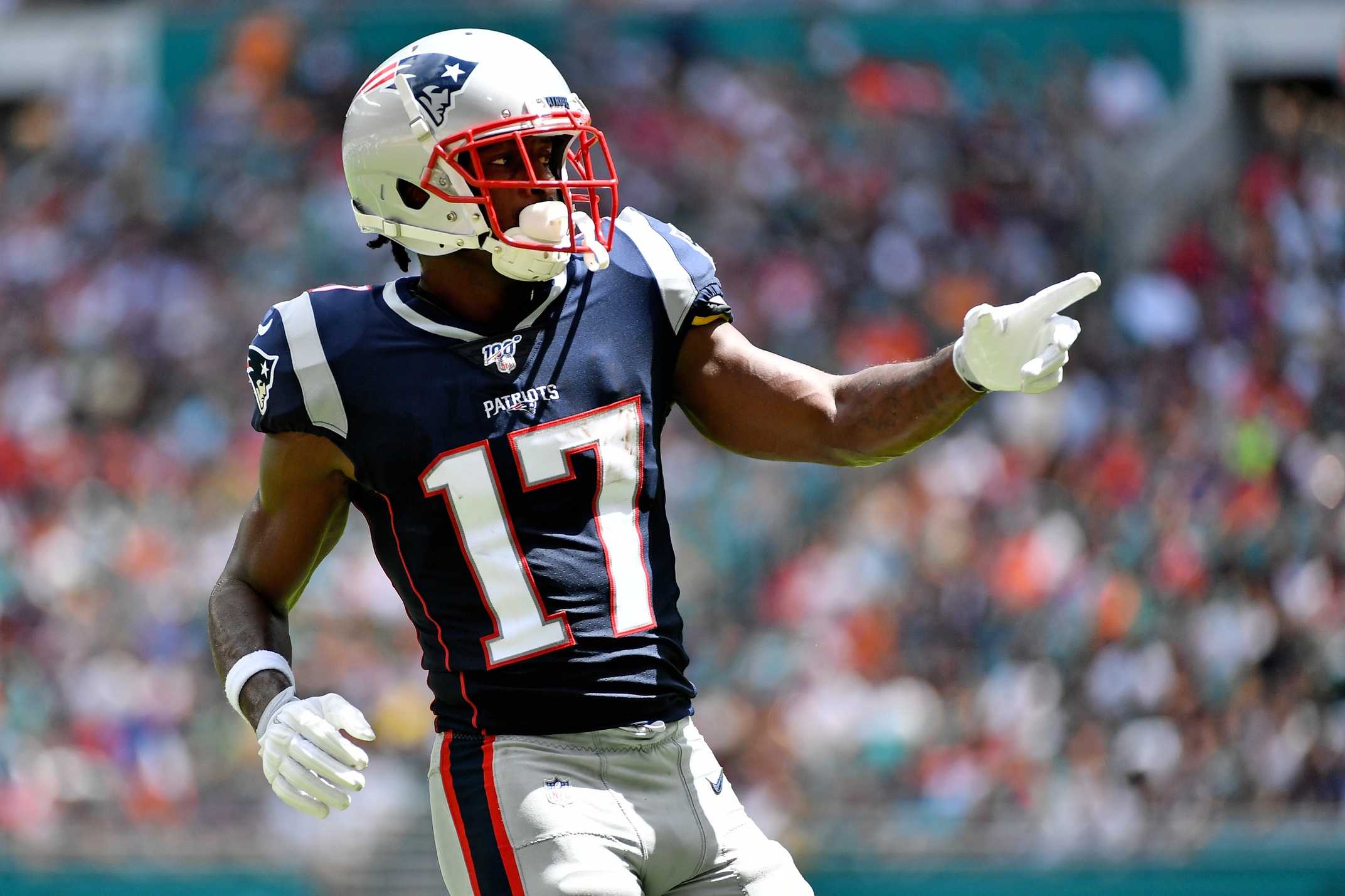
It is hard to argue against the impeccable production laid down by Antonio Brown during his nine NFL seasons between 2010 and 2018. The data suggests there are few — if any — limitations to his game. Over his nine seasons, Brown remains the highest-graded wide receiver (94.5) among the 100 players at his position who saw at least 300 targets. Brown’s nine years of production is as versatile as it is lethal against man and zone coverages, where his receiving grades of 94.9 versus zone (fourth) and 84.8 versus man (fifth) rank in the top five against both coverage schemes.
Brown will be 32 years old when the 2020 season begins in September, but based on the wide receiver’s past success rate against single-man coverage, nothing suggests that he won’t be able to pad his potential Hall of Fame numbers if he’s given another shot.
Antonio Brown: Receiving stats vs. single coverage (2010-18, regular season only, among 55 WRs with 100 or more targets)
| Stat | Rank | |
| PFF receiving grade | 94.9 | 4th |
| Targets | 355 | 2nd |
| Receptions | 201 | 1st |
| Yards | 3,268 | 2nd |
| Yards per route run | 3.36 | 7th |
| Missed tackles forced | 19 | 2nd |
| Plays of 15+ yards | 90 | 3rd |
| Drop rate | 2.30% | 2nd |
While the data may offer compelling testimony to A.B.’s competitive talents, plays like the one below further reveal his knack for outdueling multiple defenders with unmatched energy.
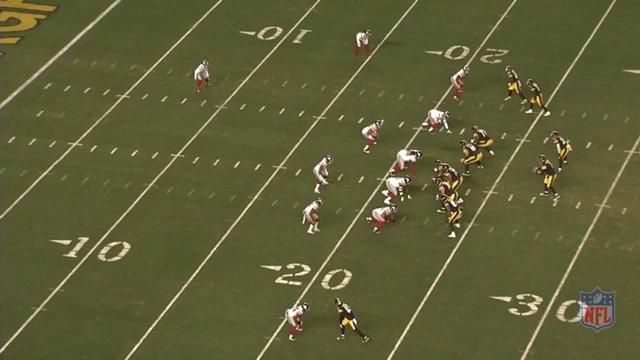
No one has ever questioned the work ethic and talents of Antonio Brown, but the greater concerns have emerged from his off-the-field behaviors which expedited his departures from Pittsburgh, Oakland and New England — when three teams of that caliber have all said goodbye to this type of talent, it is worth taking notice.
During his nine seasons in the NFL, Antonio Brown has been the ultimate coverage buster, recording either a first down or touchdown on 73.9% of his receptions. However, this talent comes with a highly unstable risk/reward quotient that could resemble a pyrrhic victory. While his production may be guaranteed, Brown’s arrival could also bring challenges for teams that lack a strong foundation and a good lockerroom culture.
Edge Myles Garrett
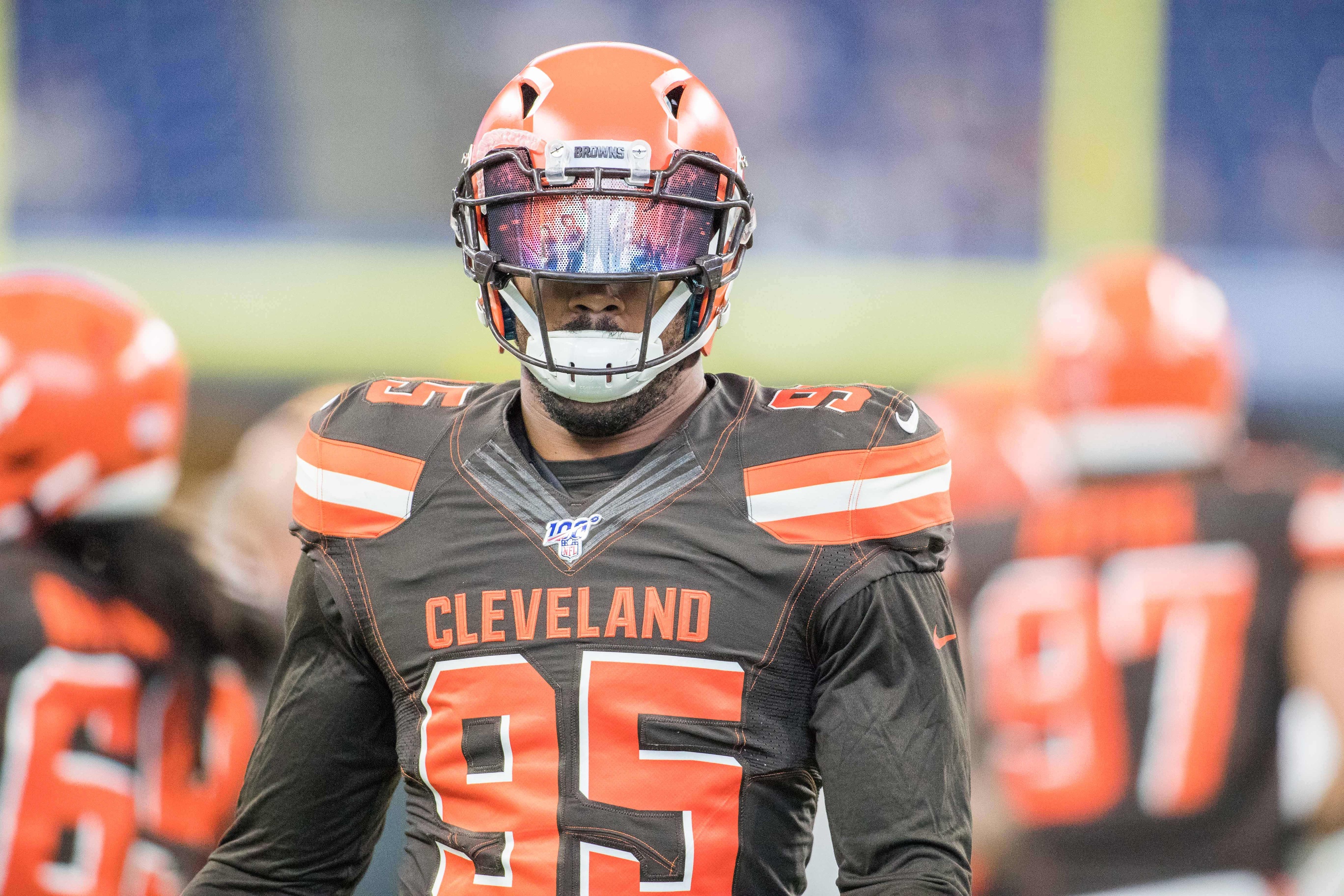
After a midseason suspension that caused Garrett to miss the final six games of the 2019 regular season, the Cleveland Browns are now considering rewarding the former first overall draft pick with a new contract approaching the neighborhood of $20 million annually.
Because of both the suspension and injuries, Garrett has missed 10 of a possible 48 games over his young three-year career. However, he has been one the league’s best when he’s been on the field and has performed at an extremely high level on his true pass-rush reps — reps on which the opposing QB dropped back to pass without the help of a quick throw, a designed rollout or play action.
Myles Garrett: Pass-rush stats and rank (2017-19, regular season only, rank among edge defenders with 100 or more snaps)
| Stat | Overall | On true pass-rush reps |
| PFF pass-rush grade | 91.2 (3 of 200) | 92.3 (2 of 97) |
| Sacks | 31 (10 of 200) | 12 (13 of 97) |
| Hits | 36 (6 of 200) | 10 (13 of 97) |
| Hurries | 86 (30 of 200) | 28 (36 of 97) |
| Total pressures | 153 (23 of 200) | 50 (27 of 97) |
| Pressure rate | 13.3% (38 of 200) | 20.8% (7 of 97) |
| Pass-rush win rate | 19.4% (7 of 200) | 29.9% (2 of 97) |
| Pass-rush productivity | 8.0 (27 of 200) | 12.9 (6 of 97) |
Garrett checked in at No. 9 on PFF’s list of the top 25 players under the age of 25. There, you will learn that before his suspension through Week 11, Garrett’s 91.6 pass-rush grade ranked first among qualified edge defenders, and his 25.0% pass-rush win rate trailed only Joey Bosa and J.J. Watt.

Garrett is plenty good and maybe on his way to becoming even great. But if he truly wants to establish himself within the elite tier, he will have to achieve an Aaron Donald-type status and become equally as dominant when defending the run. Garrett’s three-year run-defense grade of 80.2 ranks only 13th among 96 edge players who played at least 300 run-defense snaps from 2017 to 2019. His 4.3% run-stop percentage ranks only 44th.
With time on his side, Garrett has all the tools to quickly develop into one of the game’s best players at his position. However, he must learn to play with a better temperament and avoid costly penalties and uncontrollable outbursts. Unfortunately, his past trouble will create a small margin for similar behavior moving forward, but given the nature of his true character when he entered the league, Garrett is almost certainly a sure thing to deliver a return on investment upon his return.
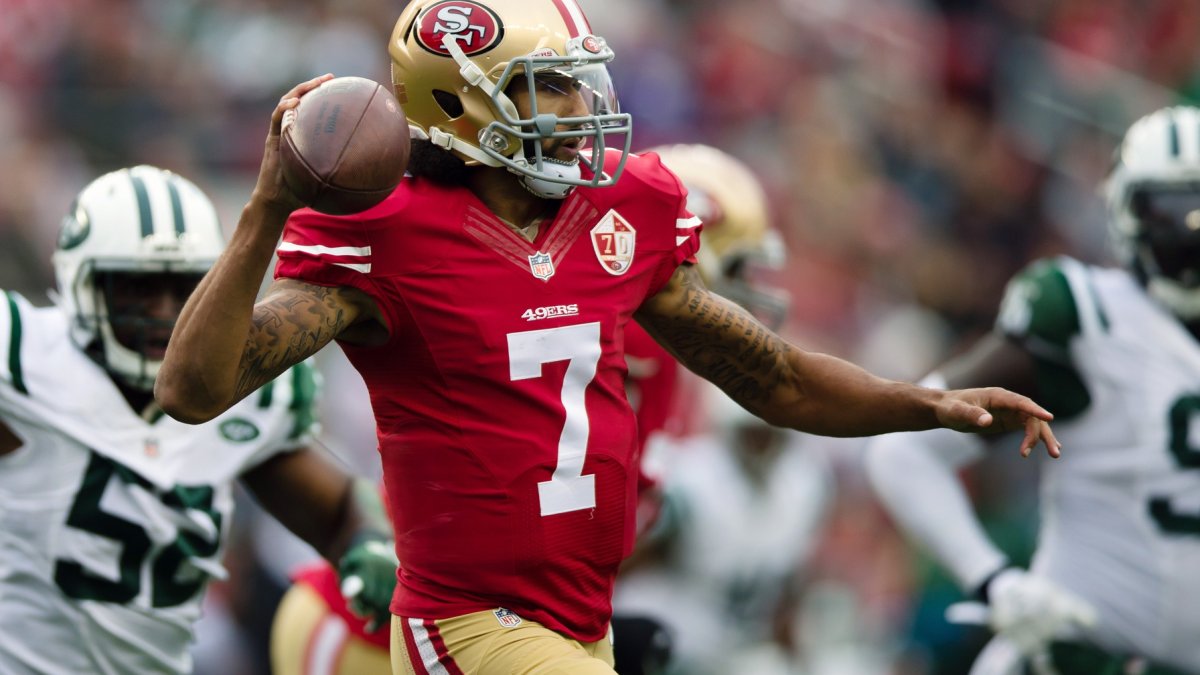


 © 2025 PFF - all rights reserved.
© 2025 PFF - all rights reserved.